Tunisia is frequently only associated architecturally with the stereotypical white houses with blue doors and windows found in coastal cities and epitomized by Sidi Bou Said. However, there is much more to Tunisian architecture.
The Tunisian Architecture
Tunisian architecture is a living testament to the country’s rich and complex history, shaped by the many civilizations that have flourished on its soil — including the Phoenicians, Romans, Byzantines, Arabs, Ottomans, and French. Rather than being a singular, rigid style, it is an evolving mosaic of influences that reflects the political, cultural, and religious transformations of each era. Ancient Roman ruins with grand arches and mosaics stand side by side with elegant Islamic structures characterized by intricate tilework, domes, and courtyards.
Traditional Tunisian houses often feature whitewashed walls, vibrant blue doors, and central patios designed to offer privacy and coolness in the Mediterranean climate. Urban medinas are a labyrinth of narrow, winding streets, where mosques, palaces, and souks create a harmonious blend of practicality and beauty.
Over centuries, these architectural forms have inspired not only architects but also historians, artists, and scientists, as they reveal layers of meaning and craftsmanship. This fusion of styles creates an aesthetic that is both dynamic and deeply rooted, a mystery that slowly reveals itself through its arches, domes, and stonework — making Tunisia a unique architectural crossroads of the Mediterranean and the Arab world.v
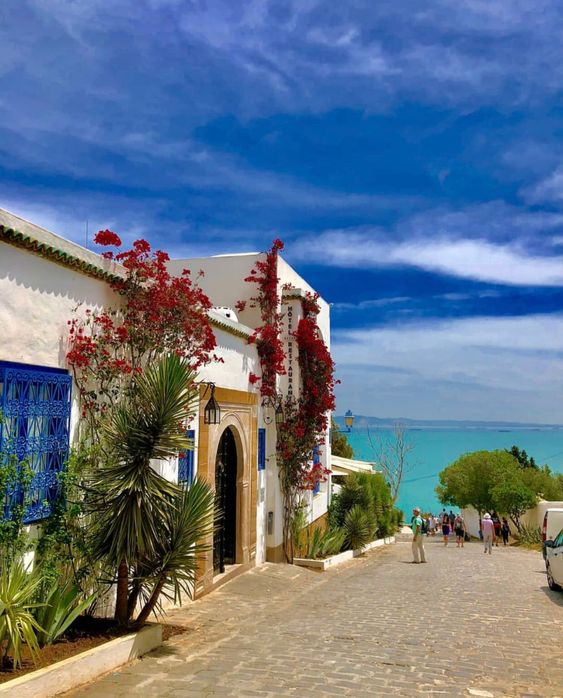
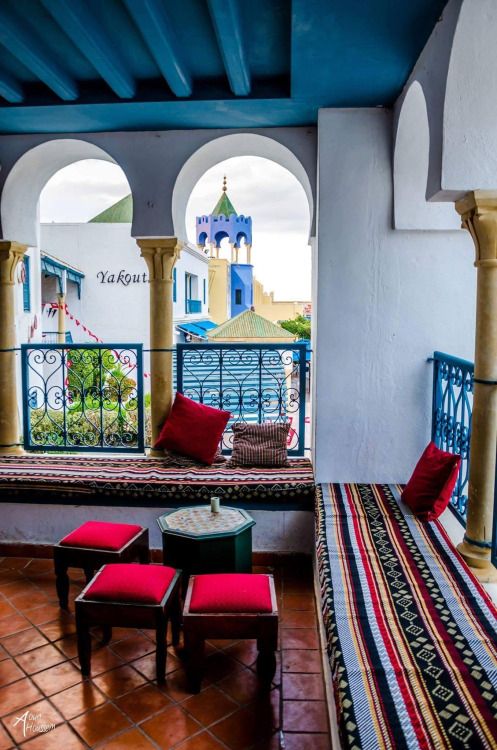
Suggested Reads:
- 10 Gorgeous Pictures that Capture the Beauty of Sidi Bou Said Village
- 10 Amazing Things To Do in Sidi Bou Said, Tunisia
The South: Matmata’s Troglodyte’s Houses
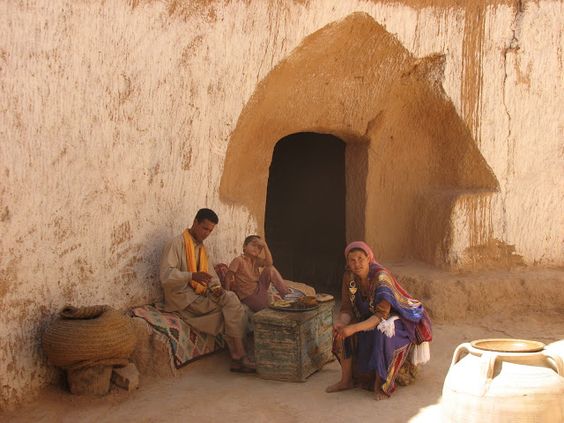
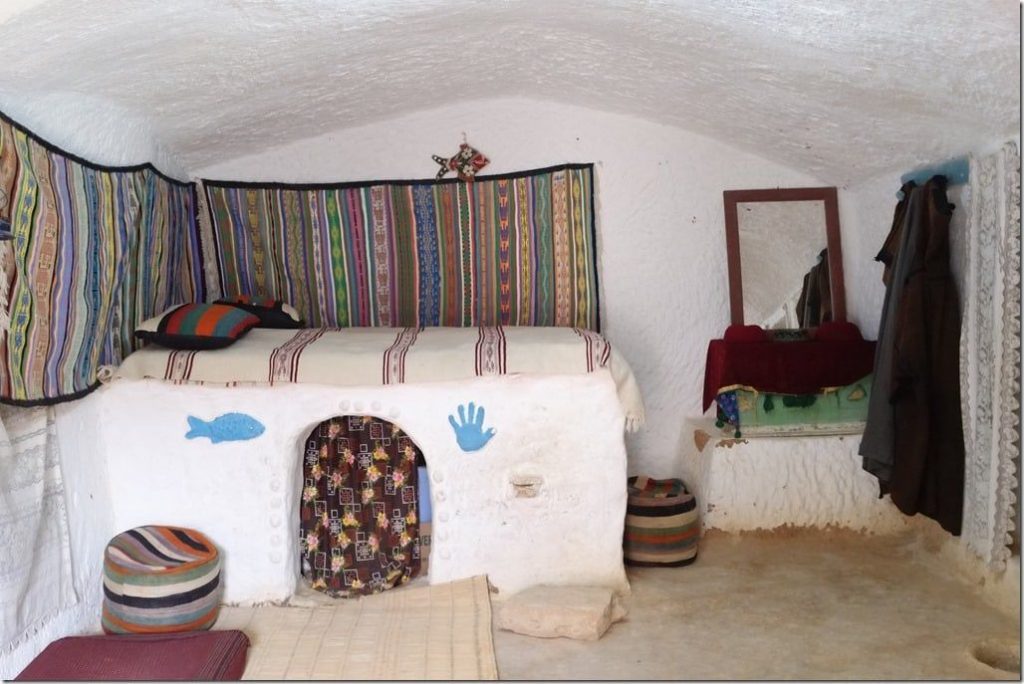
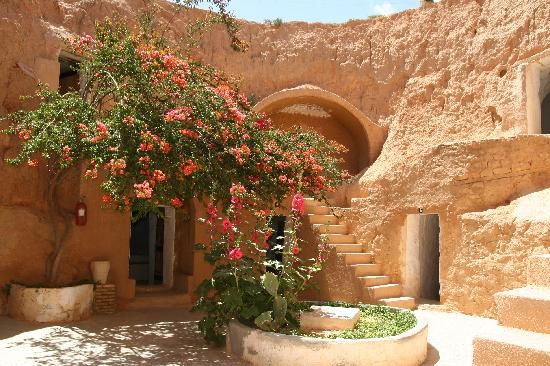
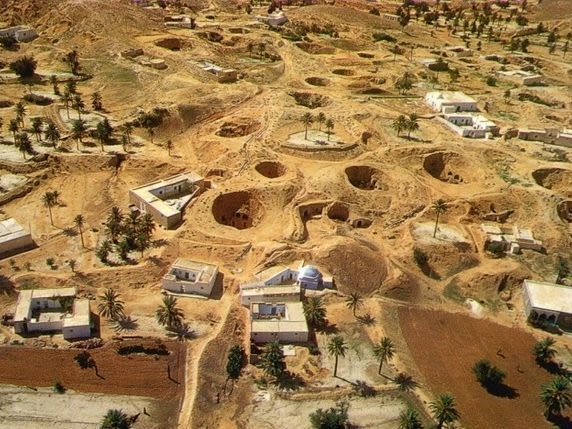
Matmata, a Berber village, is famous for its underground “troglodyte” structures. The village appears in both the movie”Star Wars” and the video game “Call of Duty.”
Suggested Read: The Abandoned Star Wars Film Sets in Tunisia; Between Fantasy & Reality
The South: Djerba’s Ibadite Architecture
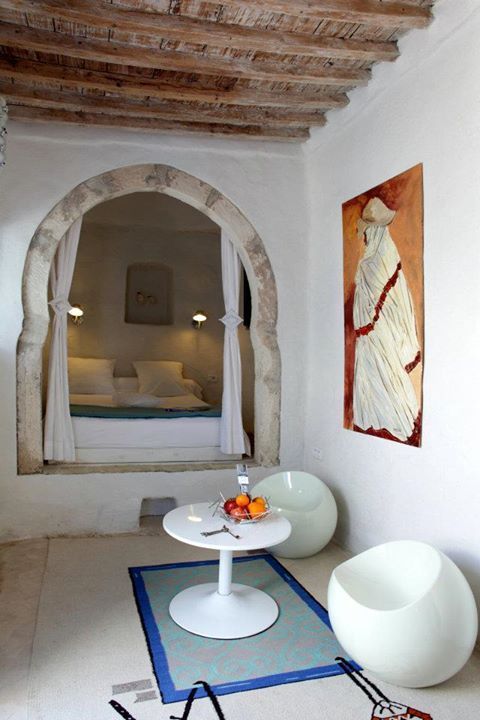
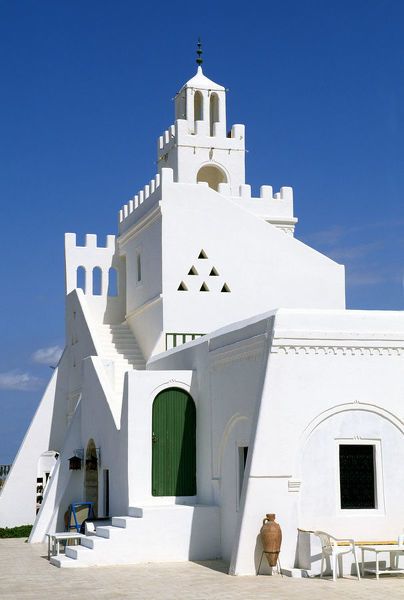
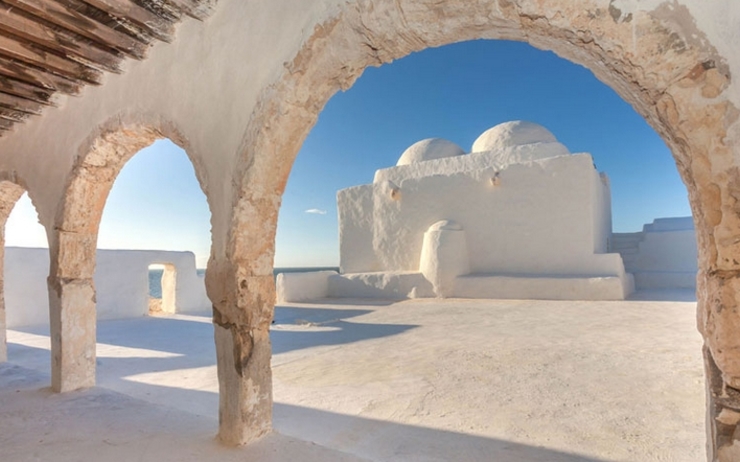
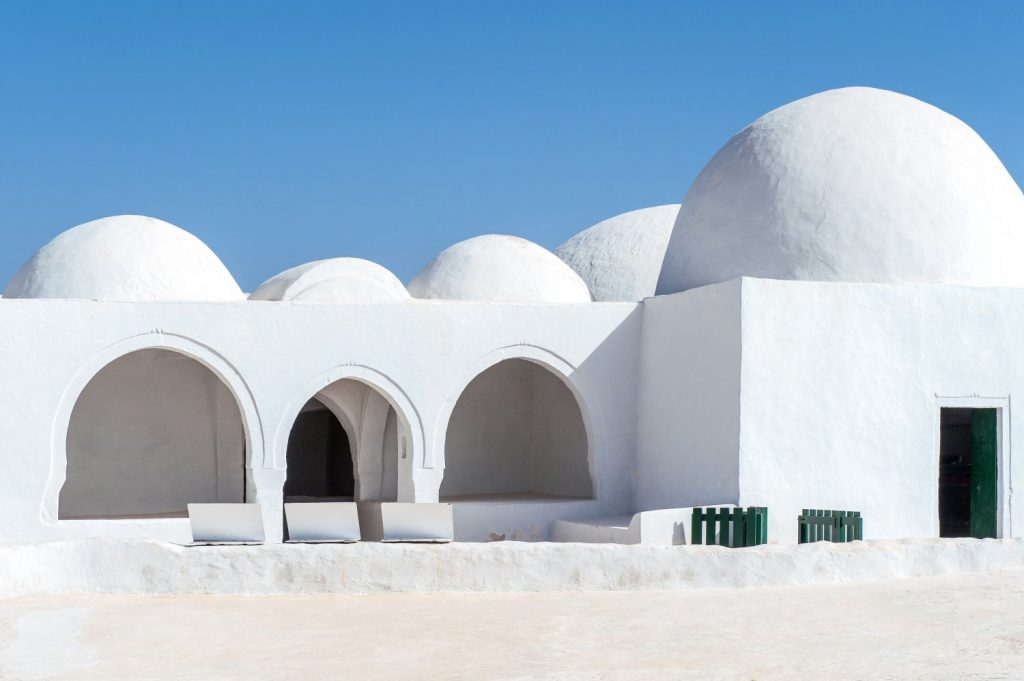
Djerba is famous for its starkly white simple Ibadite mosques and houses, which contrast with the island’s crystal blue beaches. A similar style of architecture can be found in the Libyan city of Ghadames.
Suggested Reads:
- 10 Most Exciting ‘Live Like a Local’ Experiences & Things To Do in Djerba
- El Ghriba Synagogue, Djerba — Africa’s Oldest Synagogue
South: The Clay Bricks of Tozeur and Nefta
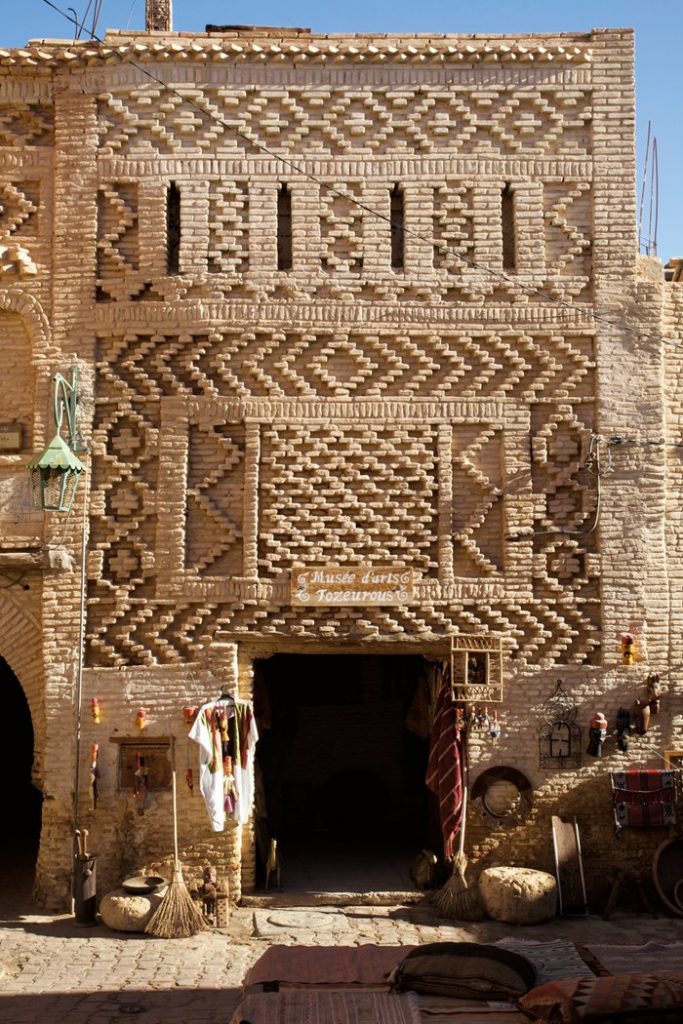
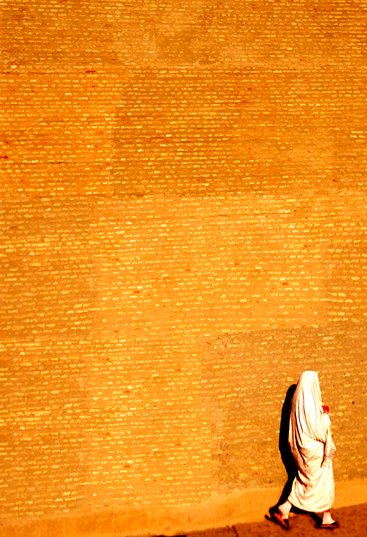
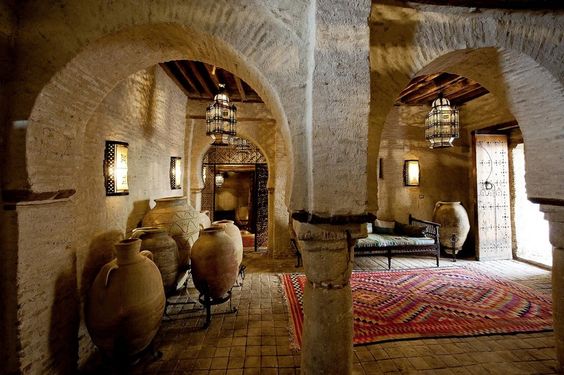
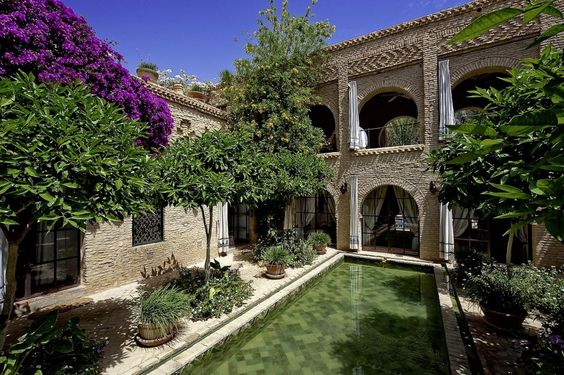
Tozeur and Nefta in the south are well-known for their traditional architecture made of locally produced yellowish clay bricks.
Suggested Reads:
The North’s Red Tiled Houses
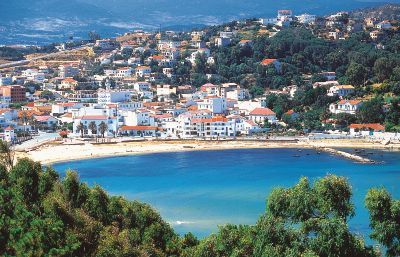
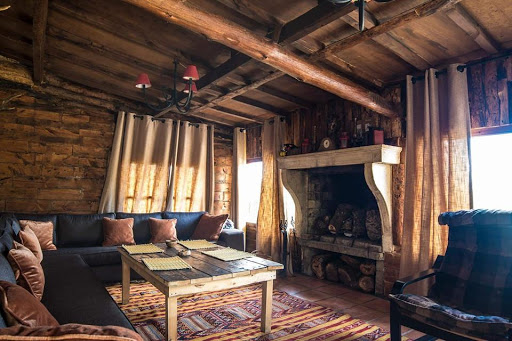
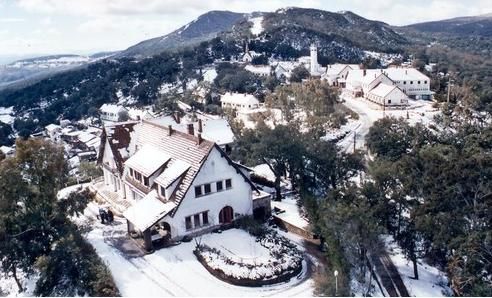
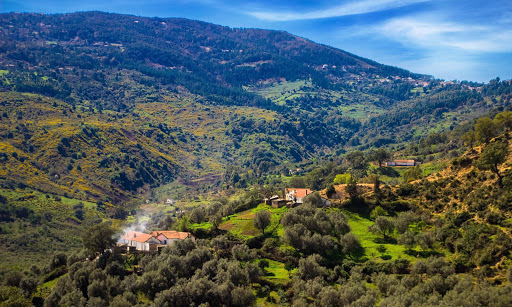
You can see such houses in Ain Drahem, Bni Mtir, Beja, Tabraka, Manzel Bourguiba, Jendouba and other Northeastern cities.
The North: Testour and Zaghouan’s Andalusian Architecture
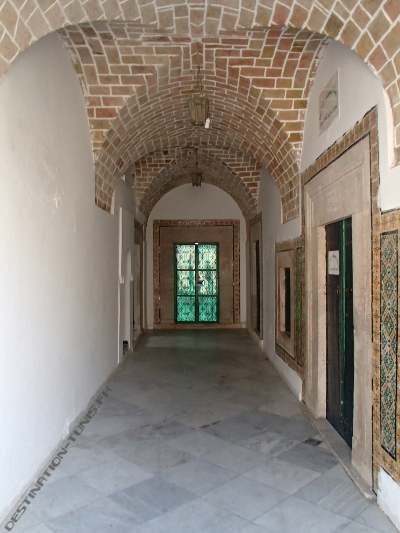
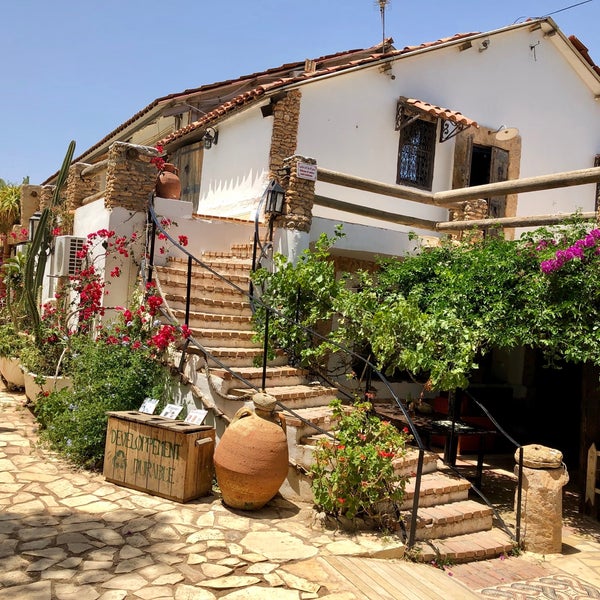
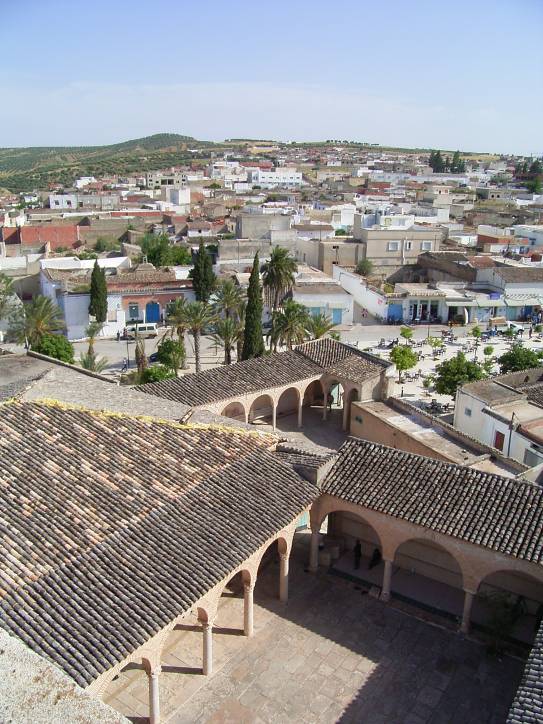
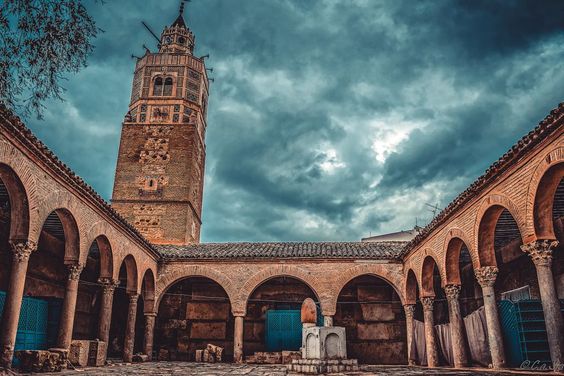
Numerous towns and cities in Northern Tunisia feature Andalusian architecture, but Testour and Zaghouan are the most emblematic.
Suggested Read: Zaghouan Aqueduct — Water Supply in Roman Carthage
South: The Architecture of Chenini and Douiret
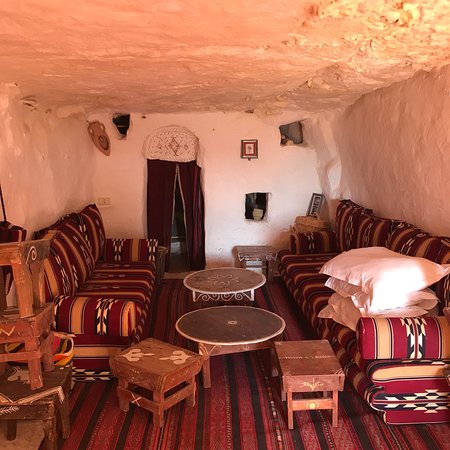
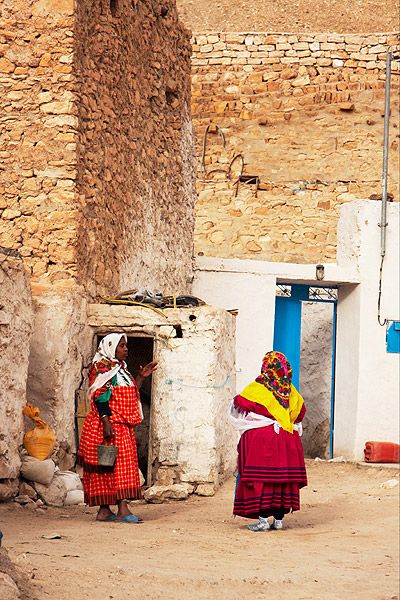
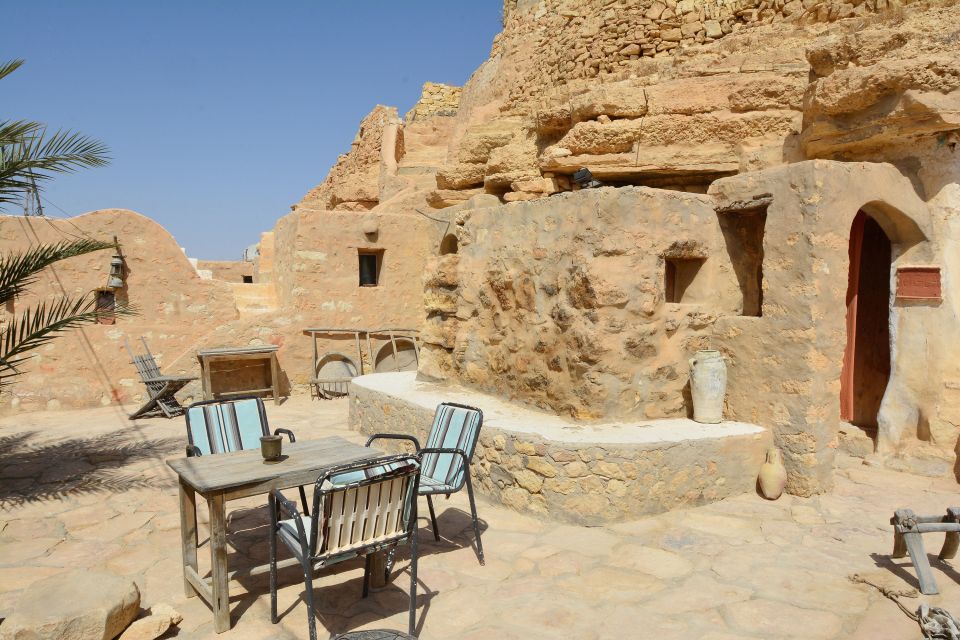
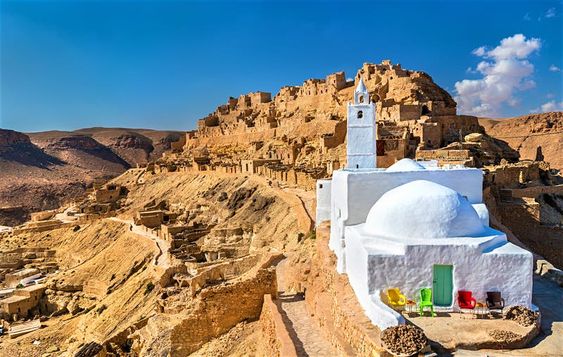
These Berber villages are famous for their houses carved into the side of a mountain. The villages are perched high above the rocky and arid southern landscape.
The North: The Moorish Ottoman Architecture of Tunis

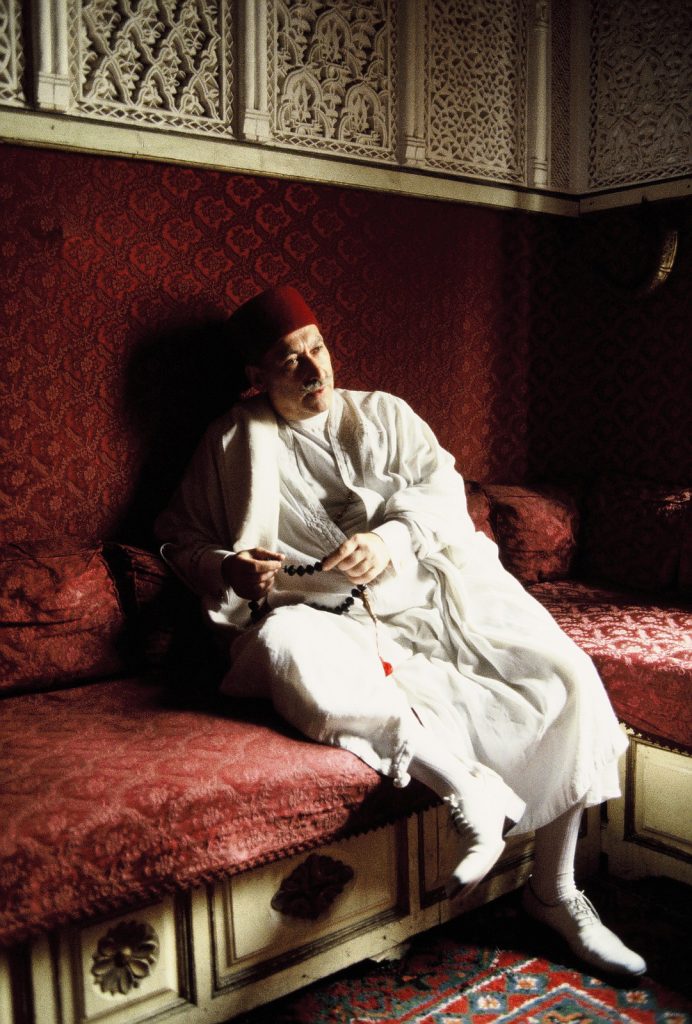
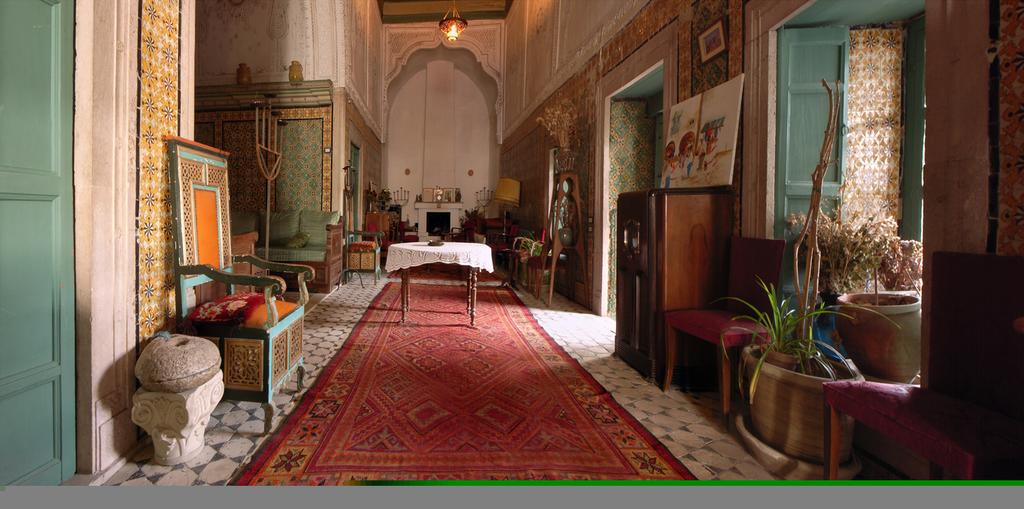
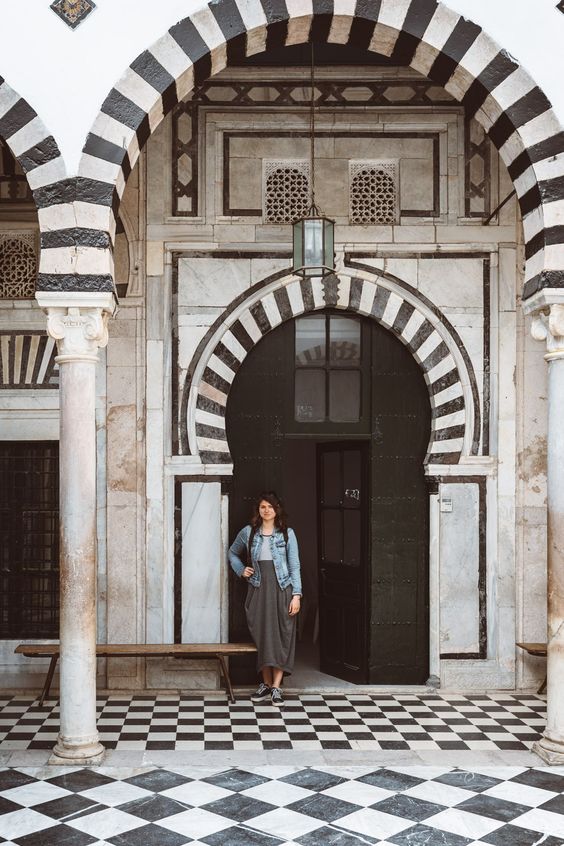
The Medina of Tunis is known for its paved small streets and alleys, courtyards, souks, mosques, and palaces. It reflects a variety of architectural influences, the majority of which are Moorish and Ottoman.
North: Tunis and its Surroundings

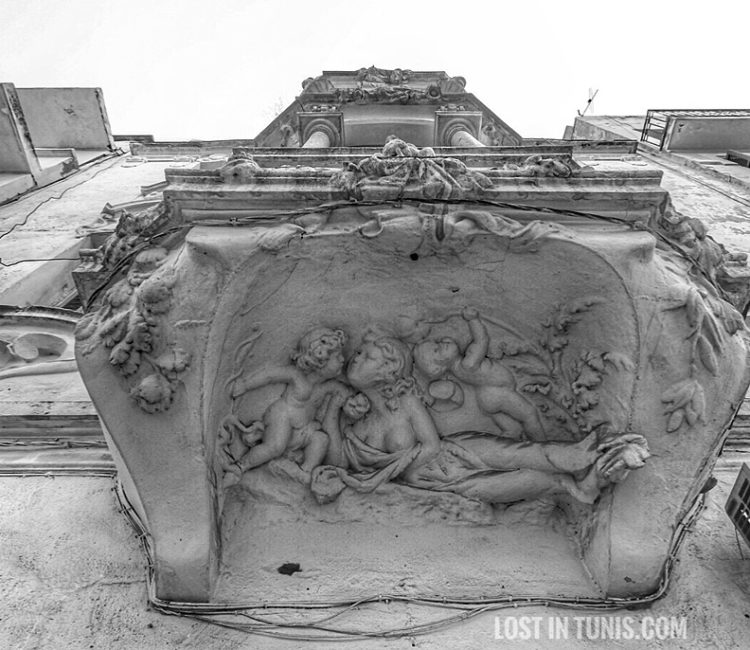
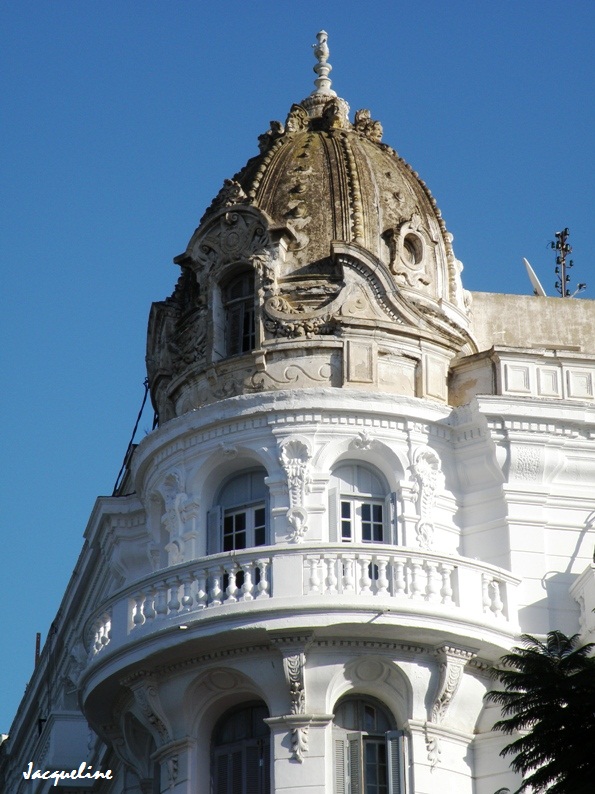
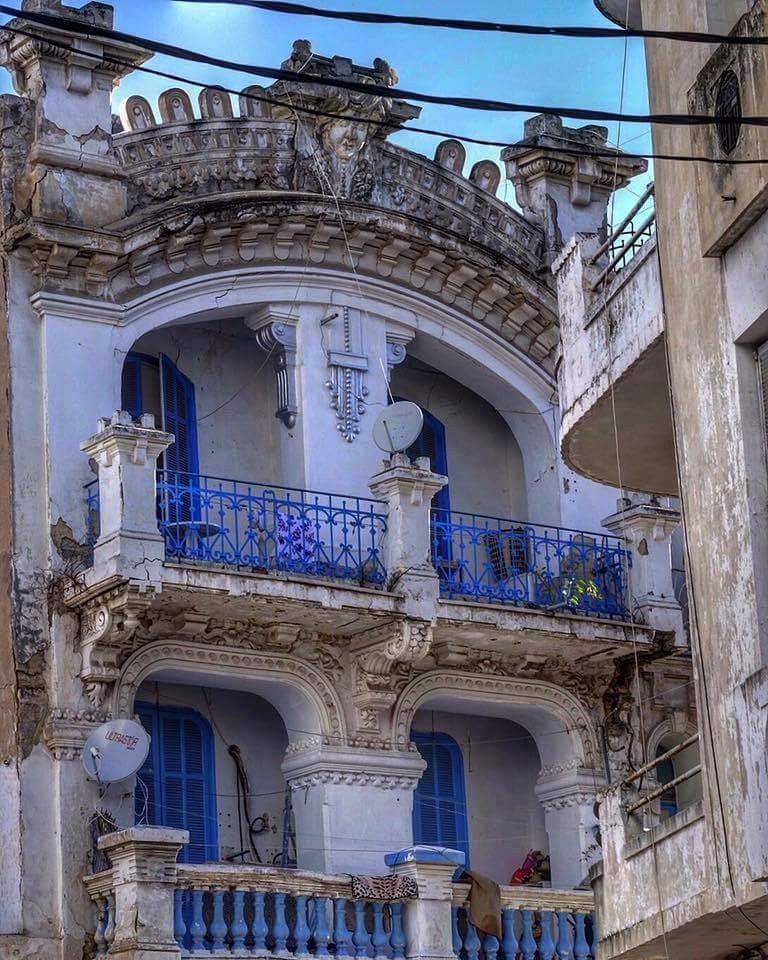
Tunis’ French colonial art Nouveau architecture. Also, it is found in la Marsa.
The Arab Medieval Fortresses
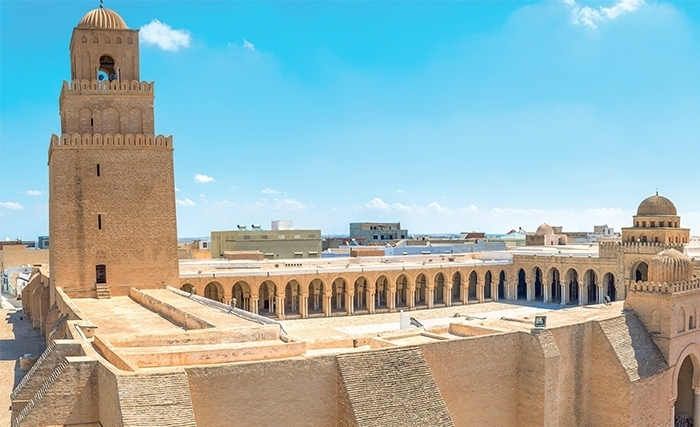
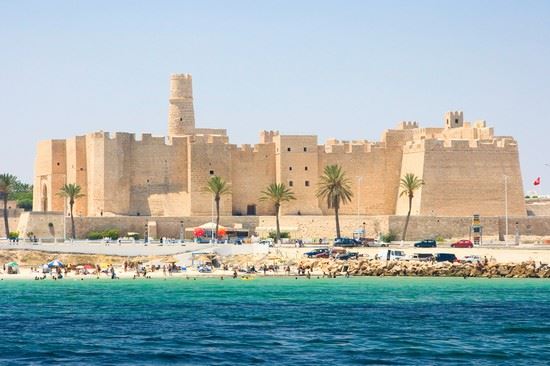
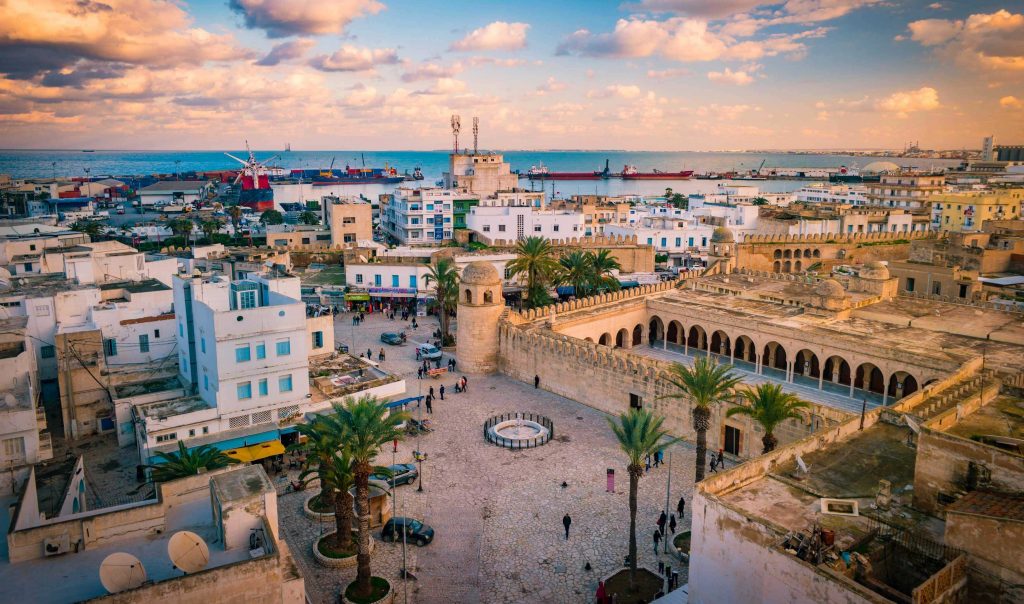
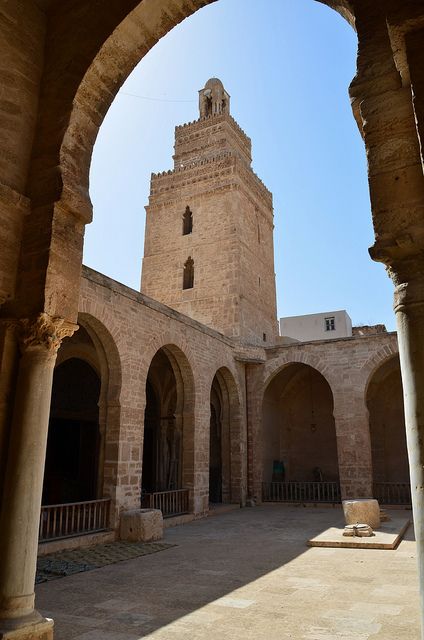
Those are found in Sfax, Sousse, Monastir, Kairouan and different other cities around Tunisia. Some of those fortresses serve as mosques at the same time. These rocky robust structures were build especially during the Aghlabid era in order to protect the cities from Byzantine maritime attacks.
The North & Center
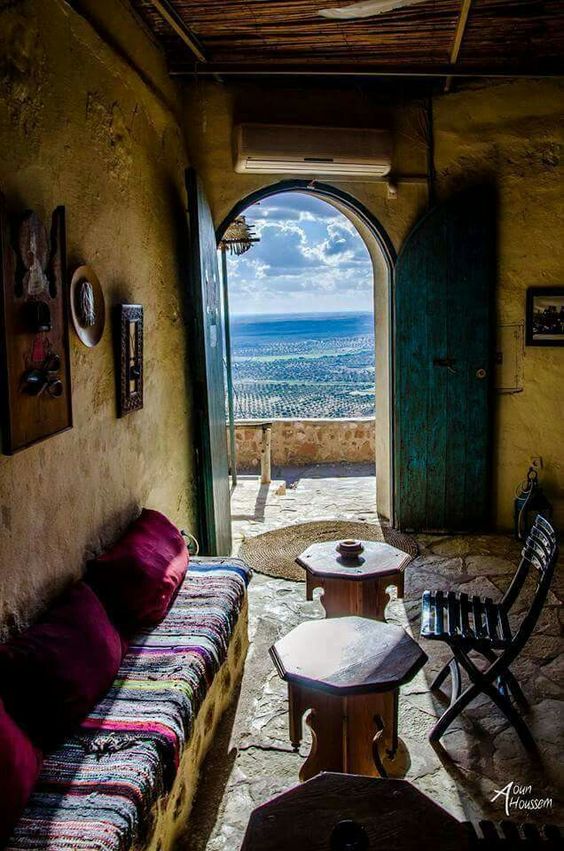
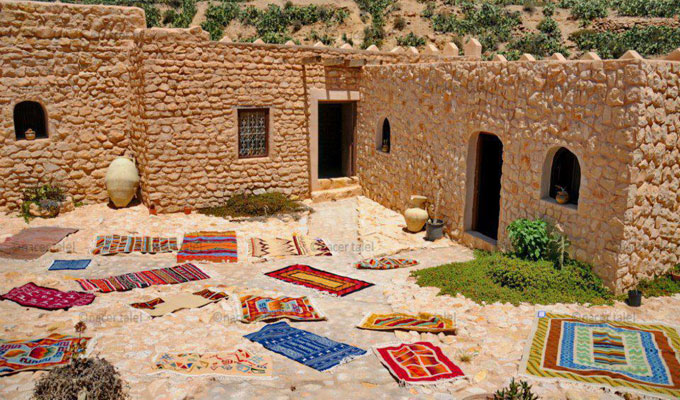
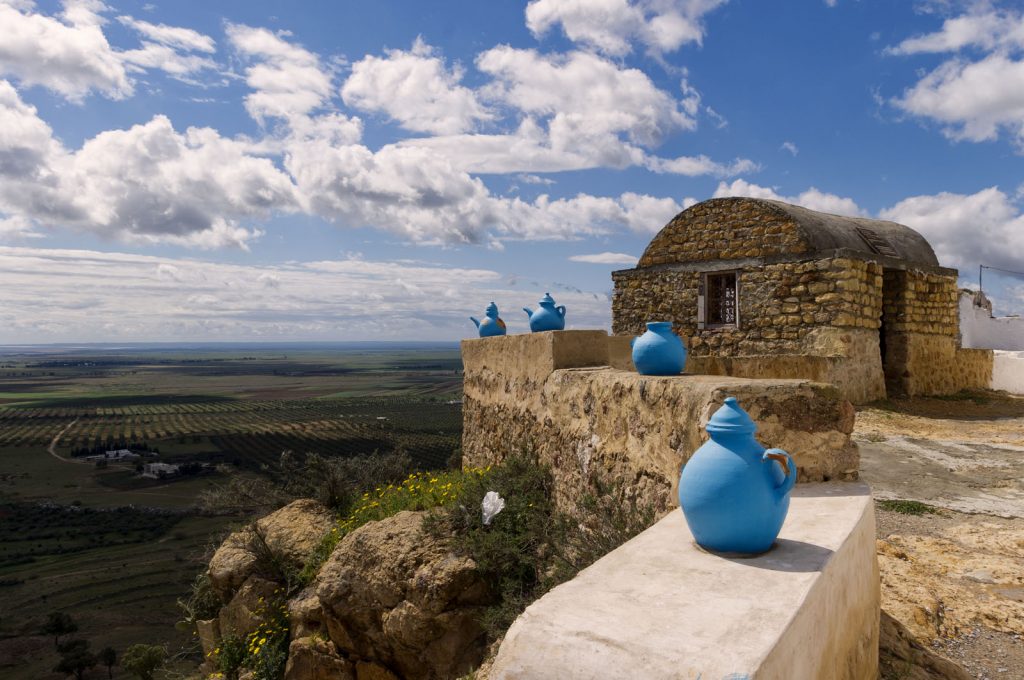
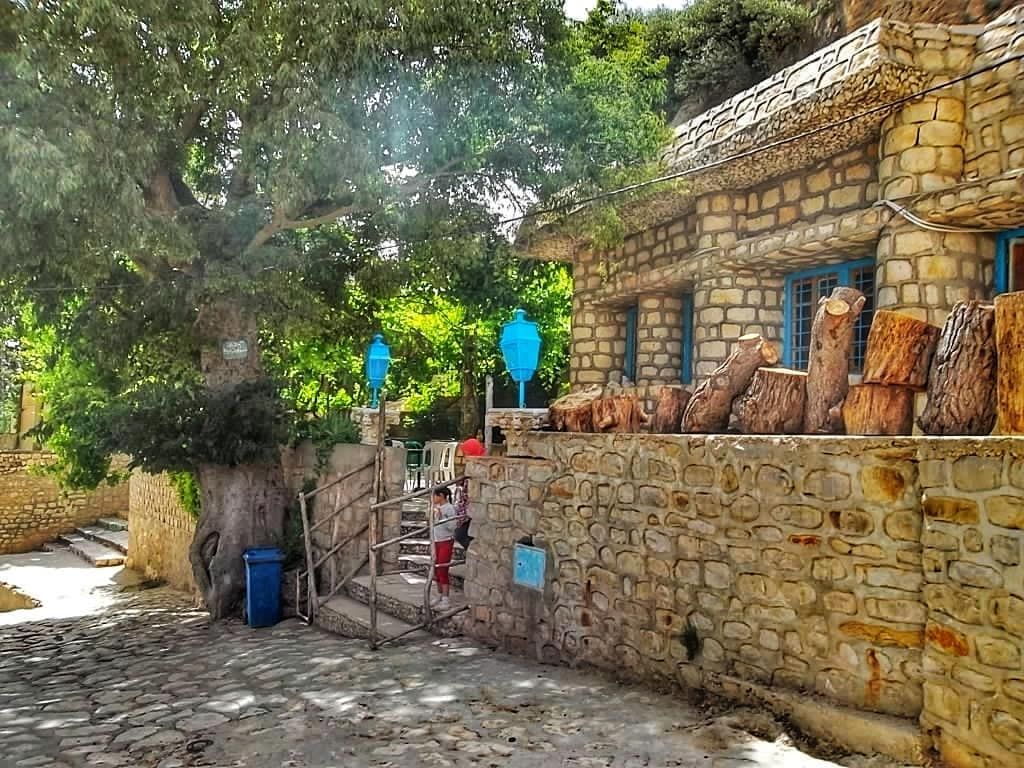
The high altitude rock based architecture of the Berber villages/cities of Zriba Olaya (Center), Kesra (northwest), Takrouna (Sahel), Gafsa (Center/Southwest) , etc.
Suggested Read: When a Historical Heritage Becomes a Derelict Site, Recall Takrouna!
South: The Ksours of the South
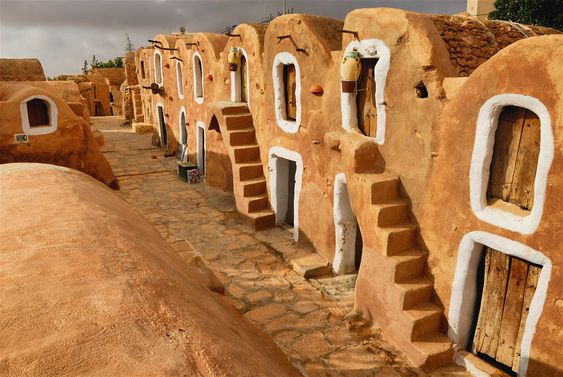
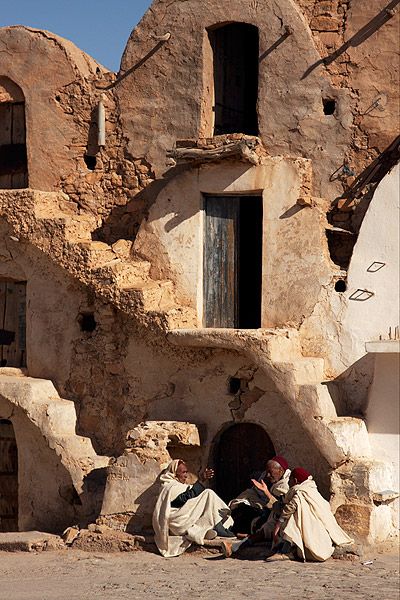
Numerous Ksours are located in the south of the country, in Medenine and Tataouine (more than 90). They were used to store resources by Berber tribes and later Arab tribes.
Coastal Cities
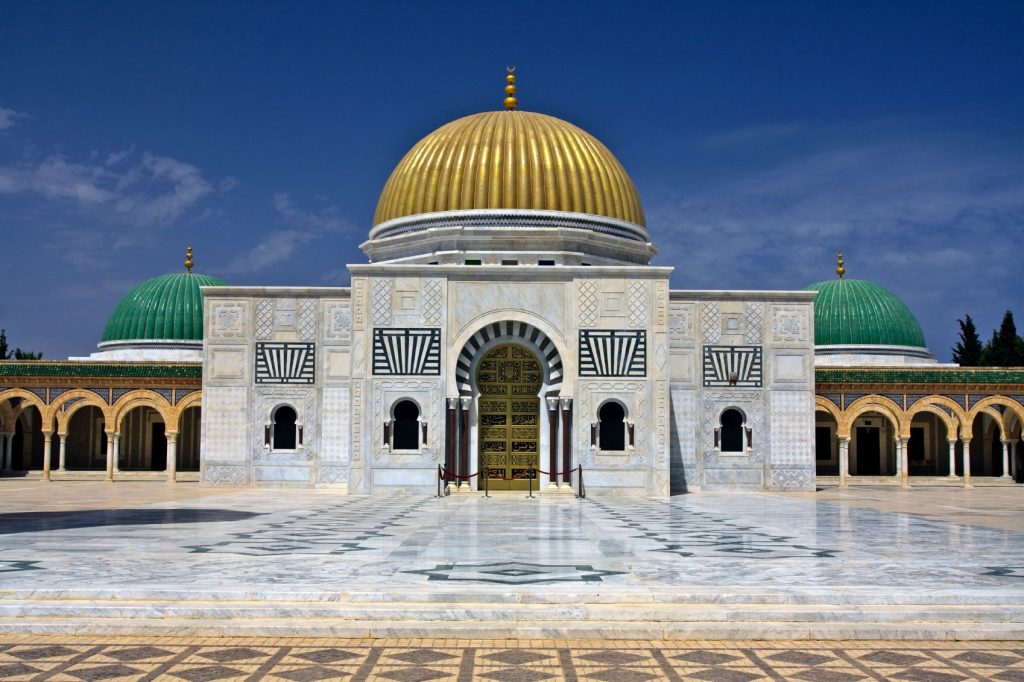

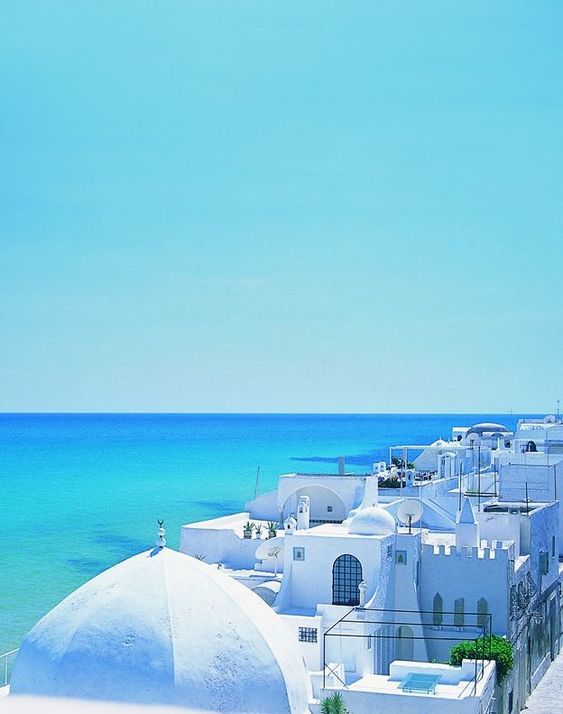
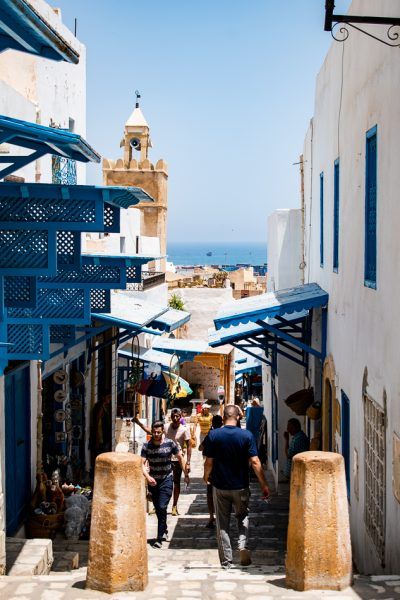
Coastal cities such as Hammamet, Sousse, Monastir, Mahdia, Hergla, Bizerte, Tabarka, Kelibia, etc, are the most touristic and often share similar white houses & blue or green doors/windows aesthetics of Sidi Bousaid. They usually have ancient forts and a medina.
Center: Kairouanese Architecture
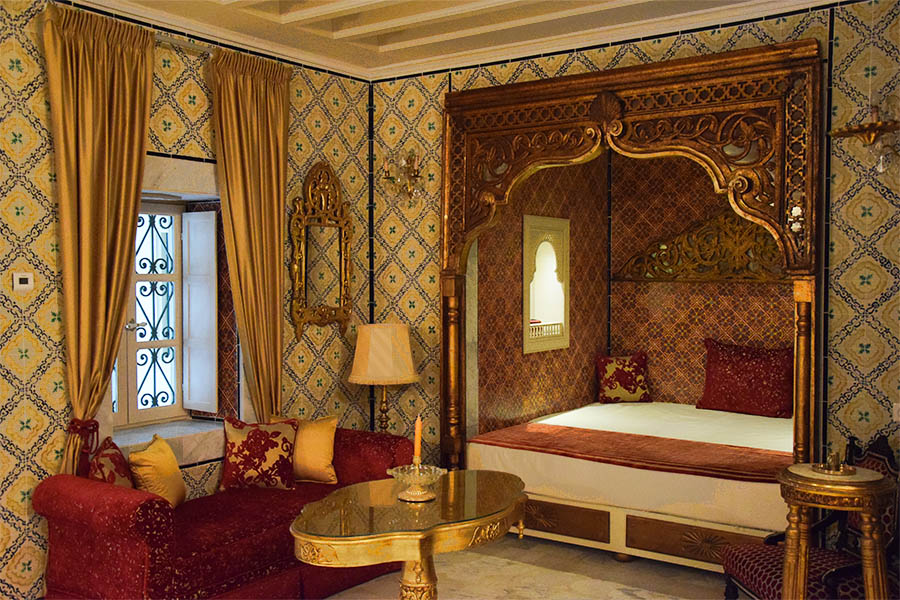
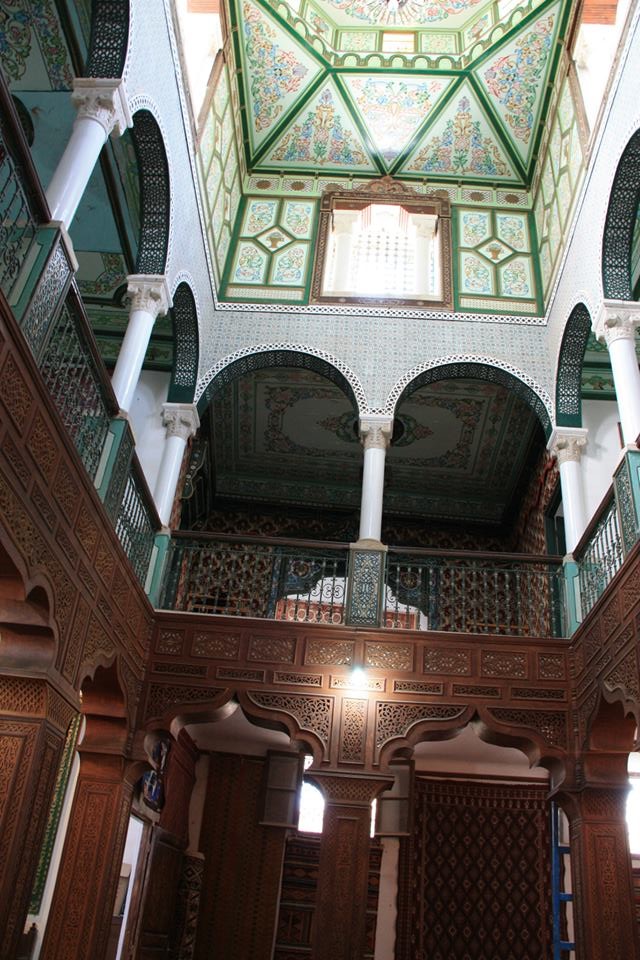
The city is known for its carpets and Mosques. Its legendary mosque, the Great Mosque of Kairouan, was used as an architectural reference for the mosques of The Maghreb and Al Andalus.
The North: Especially the Cap Bon region
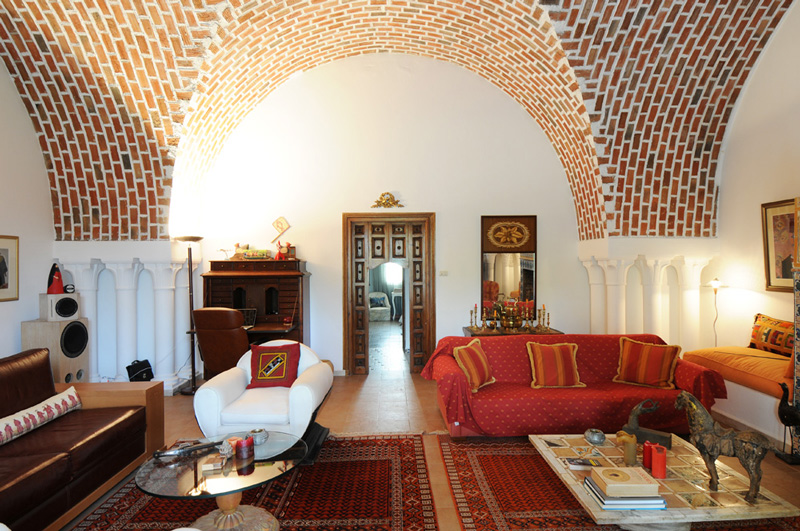
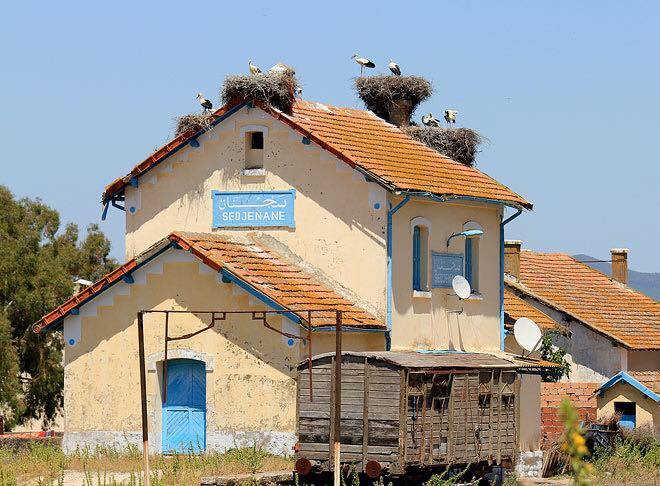
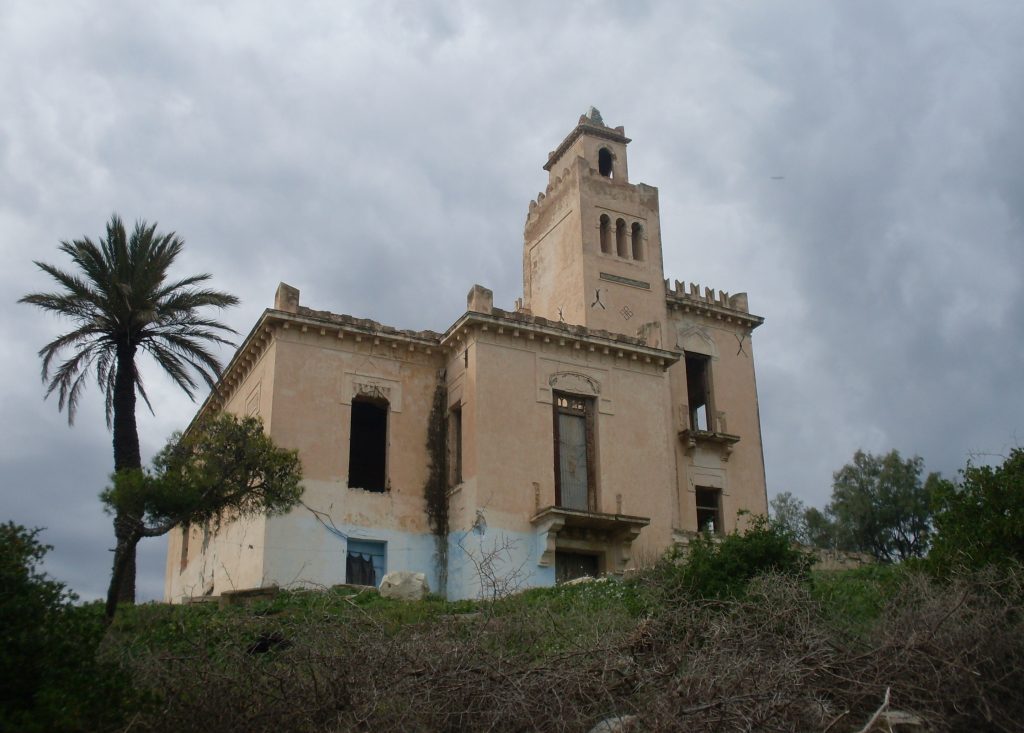
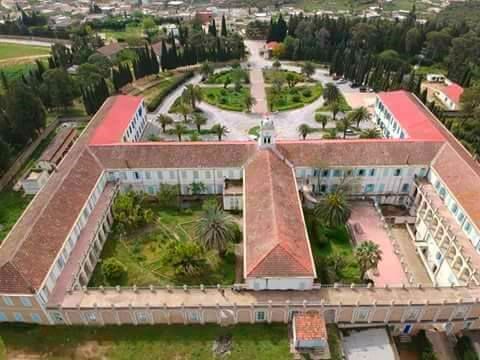
Italian and French Colonial farms and train stations are widespread in northern Tunisia, particularly in the rural areas of the Cap Bon and the North. While the majority have deteriorated, some have been reconverted into rural guest houses.
Northwest: Kefi Architecture
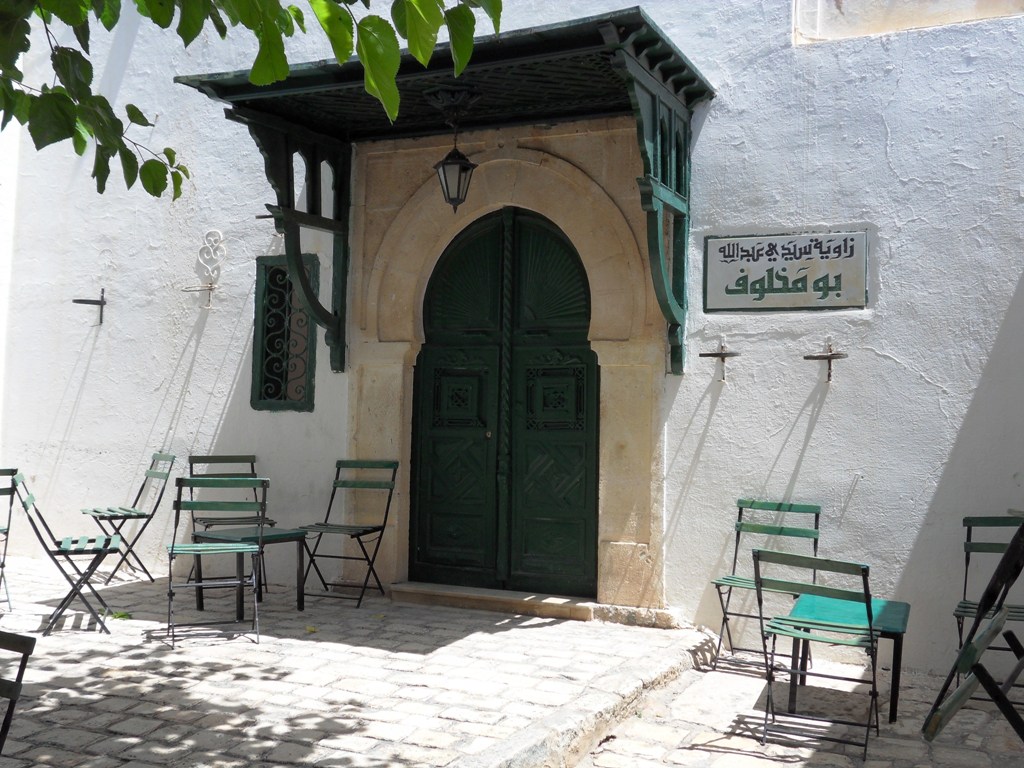
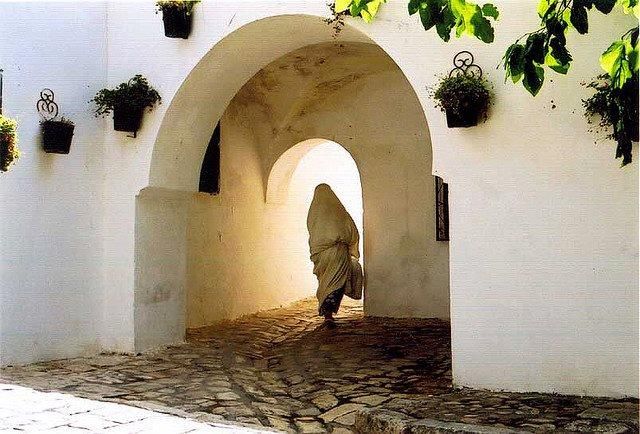
The white and green aesthetics of the city of Kef.
Sephardic Jewish Architecture
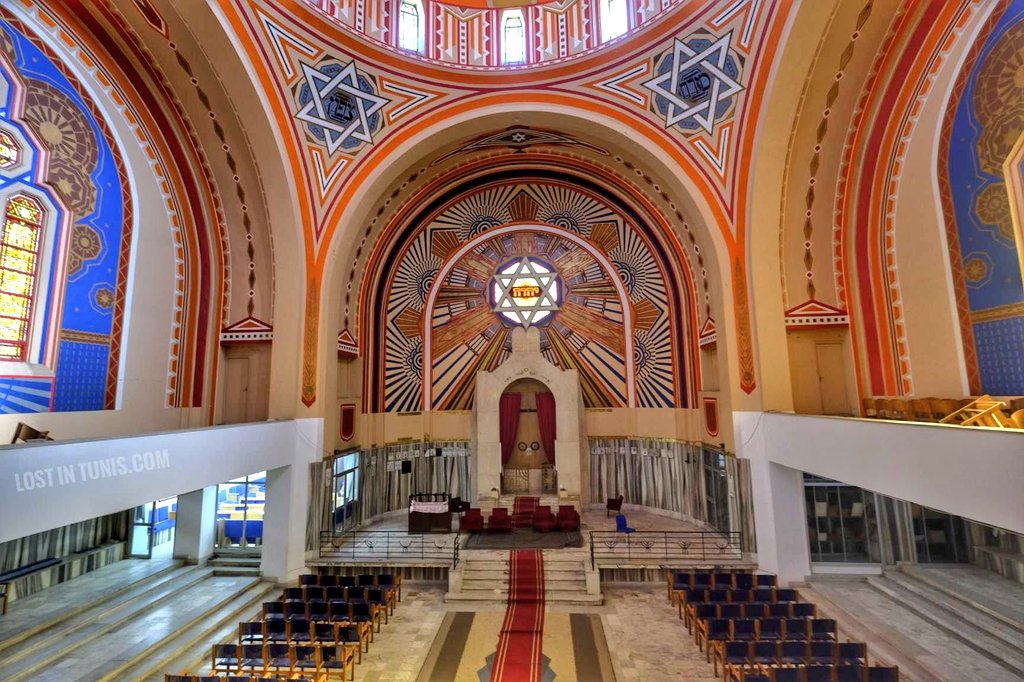
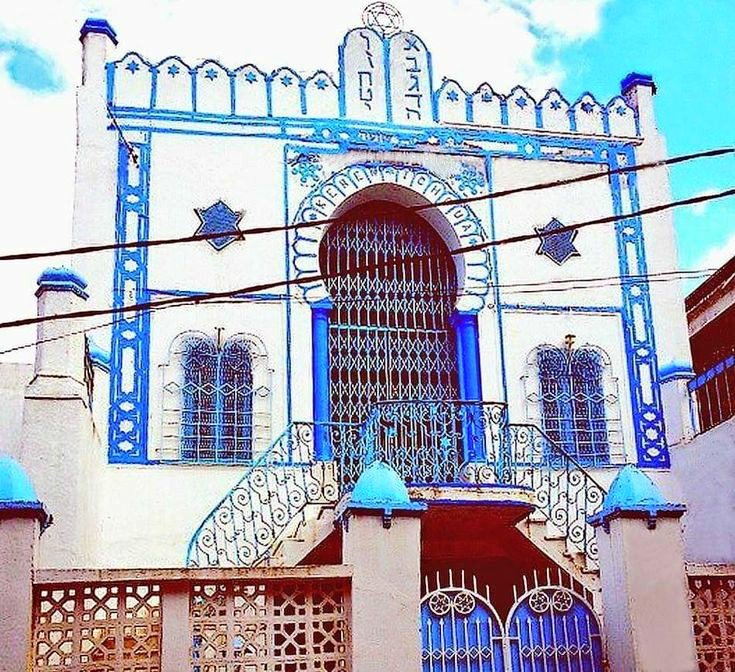
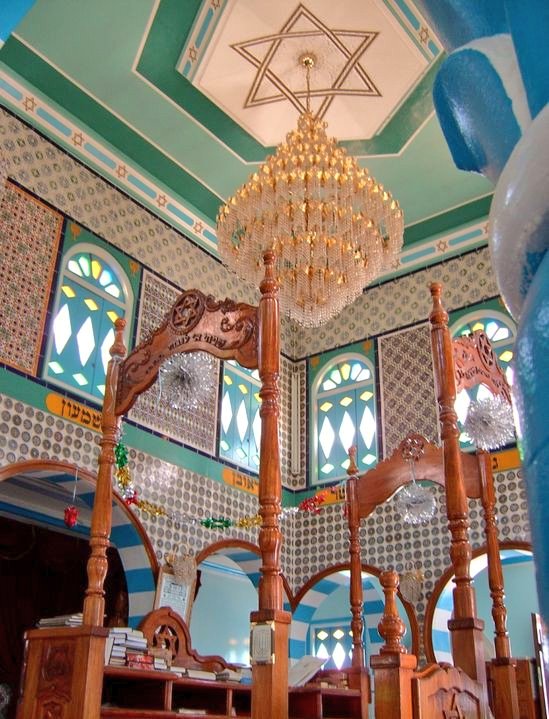
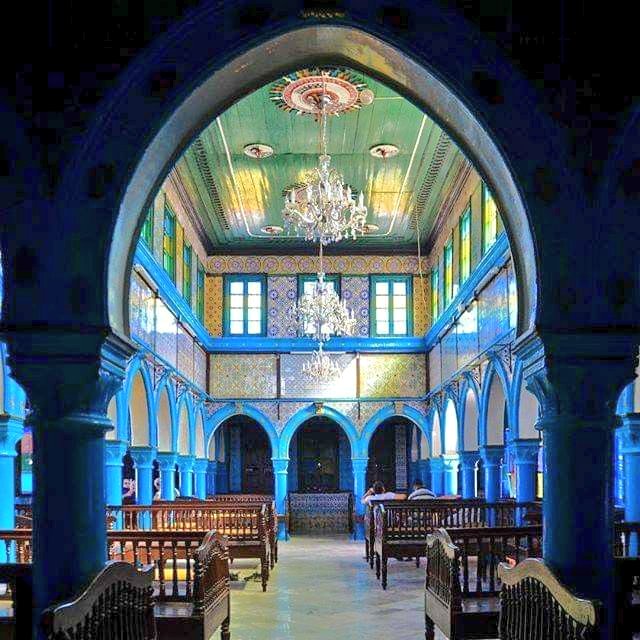
Sephardic architecture has traditionally been regarded as an elegant, opulent art form. The style was heavily influenced by Tunisia’s Moorish architecture, but there were few Moorish-style synagogues remaining in Tunisia.
Roman Architecture

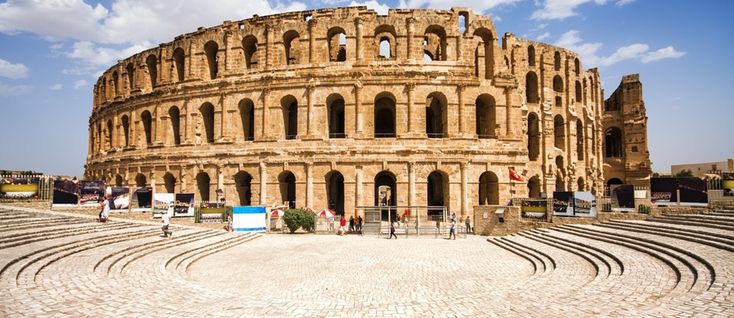
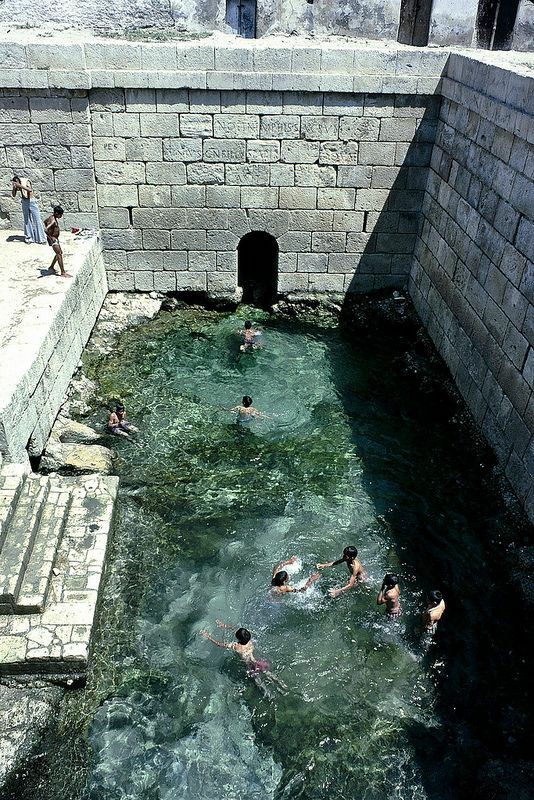
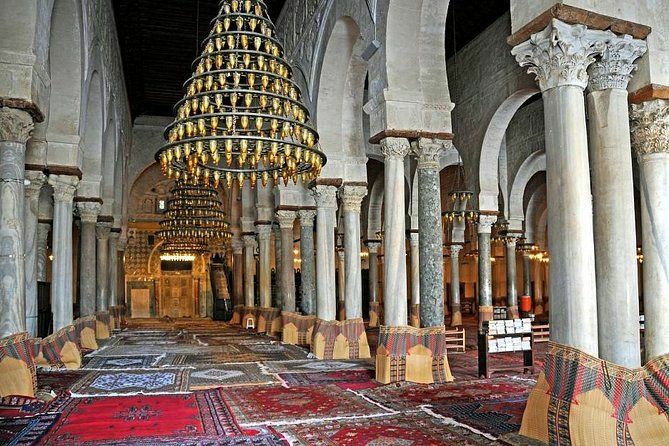
Following the conquest by the Muslims, Roman and Byzantine architectural elements survived and were absorbed into other styles.
